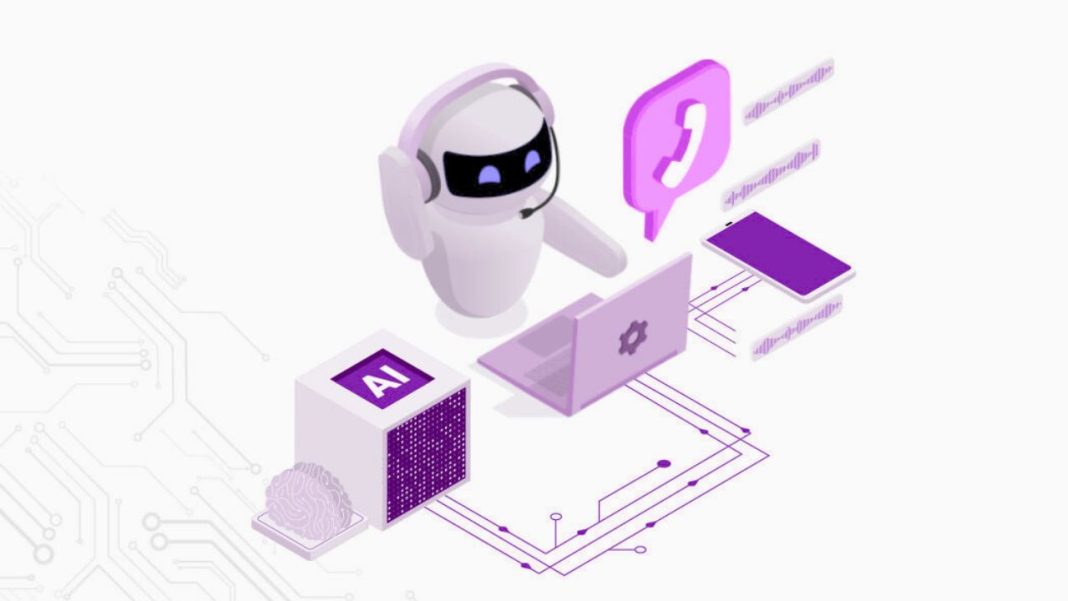Meta Platforms’ decision to sell off approximately $2 billion in data center assets marks a pivotal turn in how the company is building and scaling its AI infrastructure. By reclassifying $2.04 billion of assets as “held-for-sale,” Meta plans to co-develop these facilities with external partners, shifting from in-house construction to collaborative expansion Reuters reported.
Despite divesting assets, Meta concurrently raised its 2025 capital expenditure forecast to $66–72 billion, primarily to support its planned AI “superclusters,” massive facilities described as rivalling small cities in scale, including computing power for billions of users.
Meta AI’s Growth and India’s Strategic Role
India now stands as the largest market globally for Meta AI usage, according to CFO Susan Li. Over 500 million users in India are accessing Meta AI via WhatsApp, Instagram, Facebook, and Messenger—making India the company’s biggest user base by far. The AI assistant, powered initially by Llama 3, has been integrated across all its major apps since its India launch in June 2024 .
In a more recent update, Meta India VP Sandhya Devanathan confirmed that over 4 million Indian businesses have used at least one of Meta’s generative AI tools—highlighting heavy adoption and practical deployment across e‑commerce, media, and service sectors reported Business Standard.
Advertising Surge Powered by AI
Meta’s AI-driven enhancements extend into advertising, where algorithms now automate targeting, budget allocation, and creative generation. In Q2 2025, total ad revenue reached $47.5 billion, a 22% year-over-year increase, with Instagram Reels now delivering over half of U.S. ad revenue.
Broader Implications for India
Meta’s infrastructure reshuffle signals opportunities and challenges for India. On one hand, the divestment and co-development approach may open avenues for Indian data center firms and technology partners to collaborate with Meta. Reports indicate that Reliance Industries may host Meta’s AI models in its new data center in Gujarat, offering Indian enterprises greater access to AI infrastructure.
Meta’s open-source Llama models—especially Llama 3.1—are catalyzing innovation in India’s developer ecosystem. Developers and startups in India are leveraging these models across sectors like agriculture, education, and small business tools. Meta has actively supported hackathons, grants, and partnerships aligned with the Government of India’s AI initiative, positioning India as a global innovation hub for generative AI.
However, India’s tech ecosystem also faces regulatory and infrastructure hurdles. A ruling from the Competition Commission of India (CCI) restricts data sharing from WhatsApp for personalized ads—potentially limiting the effectiveness of Meta’s ad personalization strategy in India.
Conclusion
Meta’s AI asset sale and new investment strategy underscore a shift toward infrastructure flexibility and global collaboration. For India specifically, this transformation presents a dual opportunity: leveraging Meta’s open-source AI tools to drive local innovation, while potentially participating in infrastructure co-development. The decisions made now could determine whether India cements its role as a strategic AI hub—or faces greater regulatory and infrastructural constraints ahead.
और पढ़ें: ‘Don’t Trust ChatGPT’: CEO Sam Altman warns people of the drawbacks of AI



